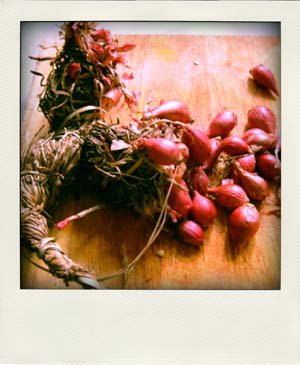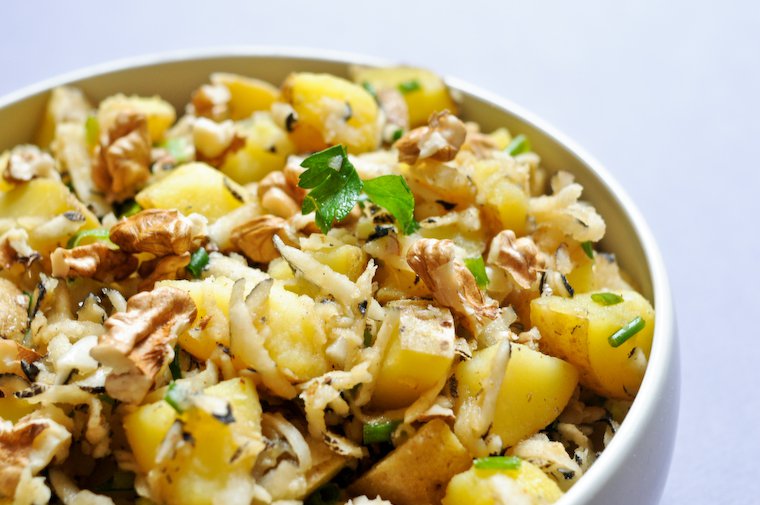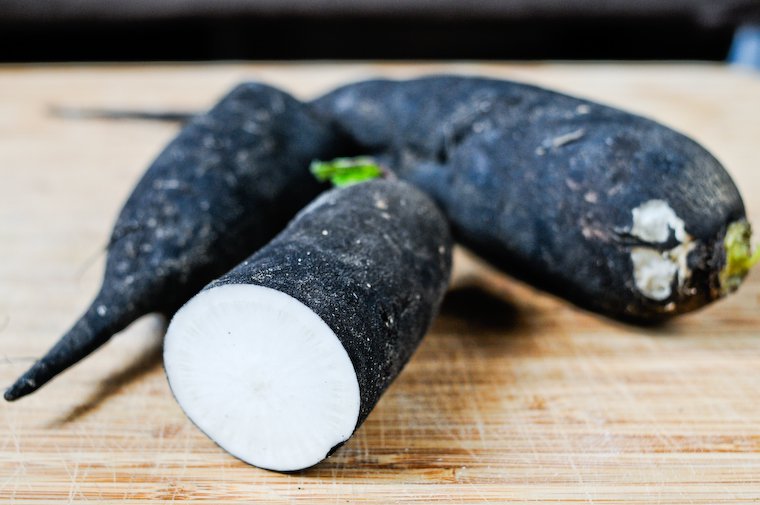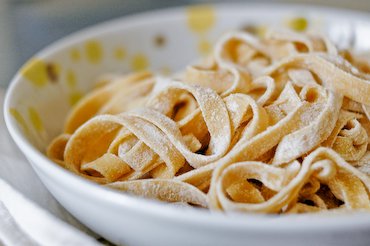Today’s salad could be seen as a winter alter ego to this tomato and einkorn wheat salad from half a year ago, and it is proof that my love story with einkorn wheat wasn’t just a summer crush.
Today’s salad mixes the ancient grain (see my previous post for more on the back story) with chunks of spiced and roasted potimarron (a.k.a. Hokkaido squash, my very favorite of all winter squashes), shallots, chopped fresh herbs, and walnuts.
It’s the kind of salad of both substance and grace with a good balance of textures that I am content to eat on its own for lunch, or serve as a side. It travels well, too, so it’s a fine option for a packed lunch, or when you have to take a dish somewhere.
In fact, I first made it to bring as my dinner contribution to our dear friends Derrick and Melissa’s apartment when they were visiting during the Paris snowpocalypse in early December, to go with the duck magrets that Derrick would be roasting.
Maxence liked it so much that when we got home that night — after a vivifying Velib’ ride across a snow-ridden city because we’d long missed the last métro — he specifically requested I write down how I’d made it, so I wouldn’t let it fall down the rabbit hole of good but forgotten ideas.
I followed his advice and scribbled the broad strokes of it in the little cooking notebook I keep, the cover of which makes me smile every time I pick it up. And I made the salad again with the next potimarron that came my way, and then with an unsuspecting butternut squash, and again with a potimarron for our New Year’s Eve party, where it did not quite outshine the guest magician who made our evening so special, but close.








